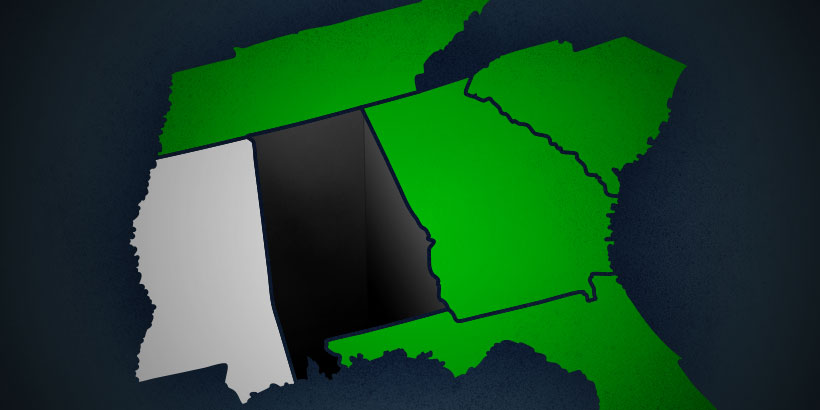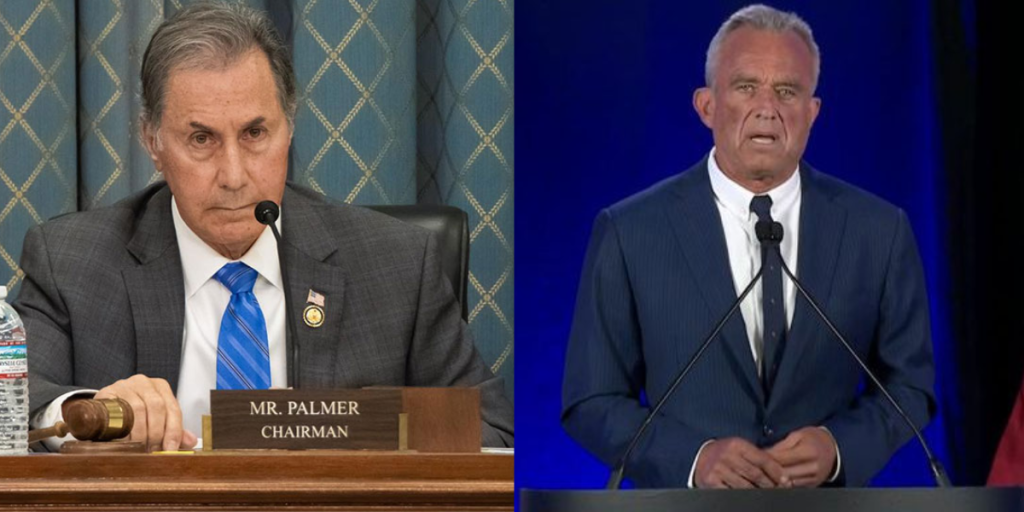
MONTGOMERY, Ala. — With all the talk of tax hikes here in the Yellowhammer State, the folks over at statistics blog fivethirtyeight.com have the answer for a question many folks have been asking: How does Alabama fund its state government?
According to the Census Bureau data they used in their calculations, Alabama collects $1,900 for each man, woman and child in the state for all revenue sources.
This includes sales taxes, property taxes, licensing fees, and individual and corporate income taxes, as well as a few various other taxes.
Here is the government revenue breakdown for Alabama:
Property taxes: 4 percent
General Sales/Gross Receipts: 26 percent
Selective Sales/Receipts: 26 percent
License fees: 4 percent
Individual Income tax: 35 percent
Corporate Net Income tax: 4 percent
Of course, this doesn’t mean everyone pays these exact proportions, and since the number includes many non-taxpayers, the average tax bill paid by workers in the state varies widely.
Alabama’s $1,900 tax burden makes it one of the lowest in the country, but fellow Southern states Tennessee and Florida (which have no income taxes), Georgia, and South Carolina rank lower, as does New Hampshire, which has the lowest per person tax burden in the country.
While nearly all of Alabama’s revenues come from the sources outlined above, the state with the highest tax revenue, Alaska at $4,600 per person, receives only 28 percent of its money from those same sources. Gas and oil revenues, or “severance taxes,” make up an astounding 72 percent of their receipts.
According to fivethirtyeight, New Yorkers pay $2,176 per person in income tax, people in Wyoming pay $59 each for hunting and fishing licenses, and New Hampshire pay the most in tobacco taxes at $162 per person.
As Alabama struggles with making ends meet in the General Fund Budget for the upcoming fiscal year, one major hurdle is the fact that most of the “growth streams” of revenue, such as sales taxes, income taxes, and property taxes — all of which increase as the economy improves — are earmarked to go into the state’s Education Budget.
Alabama is one of only three states that separate their general fund and education budgets, and also leads the nation in the amount of earmarked funds that can’t be transferred to other areas as needs arise or priorities change.
Governor Bentley’s proposed $541 million tax hike would increase several of the fee-based and excise, or “sin taxes,” already utilized by the General Fund, including a bump in the tobacco tax, increasing fees on municipal utilities, and eliminating some deductions used by financial institutions.
Like this article? Hate it? Follow me and let me know how you feel on Twitter!
— Elizabeth BeShears (@LizEBeesh) January 21, 2015












